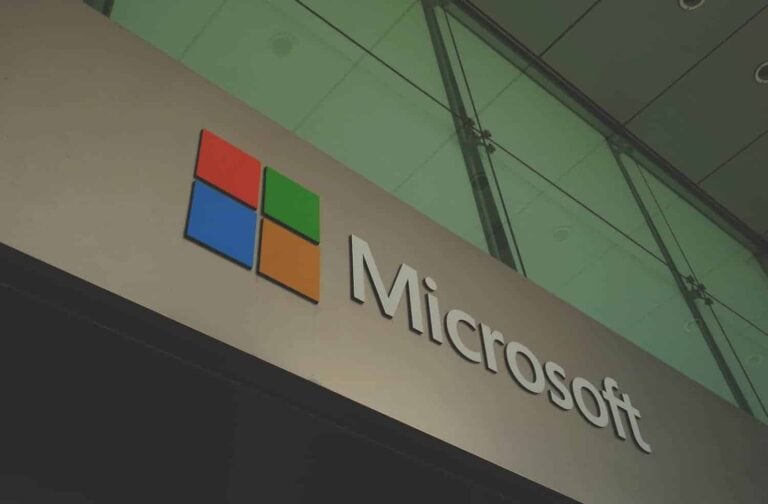Microsoft has opened up its own marketplace to flexible payment plans. Anyone who wants to offer SaaS products through so-called private offers can do so through the private preview program.
According to Microsoft, there are currently more than 100 partners participating in this private preview. The aim is to enable these parties to reach agreements with customers more quickly thanks to the more flexible financial options.
Value for customers and partners
According to Microsoft, an alternative payment model via these private offers inspires confidence. After all, it allows offers to be better tailored to the customer and, for example, to vary more based on usage.
Microsoft calls on Brett Ferancy, Global Alliance Leader at Abnormal AI, to explain. According to Ferancy, his company can better respond to customers’ purchasing needs. These can sometimes vary due to changing annual budgets or rescheduled projects.
Practical examples
In its blog post, Microsoft shares several practical examples that show how partners and customers benefit from this flexibility:
1. Variable pricing with specific dates: A three-year $80 million deal where the customer pays a setup fee at the start, followed by variable prices throughout the contract to match usage patterns and budget cycles.
2. Variable quarterly billing: A one-year $10 million deal where the customer starts with a setup fee, followed by various payments per quarter.
3. Deferred billing start date: A two-year, $25 million deal where the customer gets the first two months free, followed by varied payments throughout the contract to meet budget cycles.
How it works
The process for implementing flexible billing for private offers begins when the software partner creates a private offer in the marketplace. Currently, flexible billing supports SaaS flat rate offers, VM software reservations, and professional services.
Partners must select “Customize SaaS plans and Professional Services” or “Customize VM software reservations” when creating a new private offer. On the price configuration page, under “billing frequency,” the partner selects “flexible schedule” when the contract term is one year or longer.
The software partner can then set up a payment schedule with up to 70 installments of up to $100 million over the term of the deal. There is also an option to set up a direct payment at the start of billing or to defer the first payment to a future date.
For so-called multiparty private offers, the process is similar, with the only difference being that the software partner sends the private offer to the channel partner, who then adds a price adjustment percentage in line with the flexible payment schedule and passes this on to the customer.
Market perspective
Suppliers often claim that subscriptions and pay-as-you-go models help customers shift IT costs from capital expenditure to operating expenditure. The Register also notes this, citing that this has been the case for years. We ourselves wrote about it in 2022, to name one example. However, some customers complain that paying the same subscription fees every quarter does not fit in with their fluctuating income throughout the year. For example, some companies have to generate a large part of their profits in a specific period, as there is no room in the budgets of potential customers at other times of the year.
